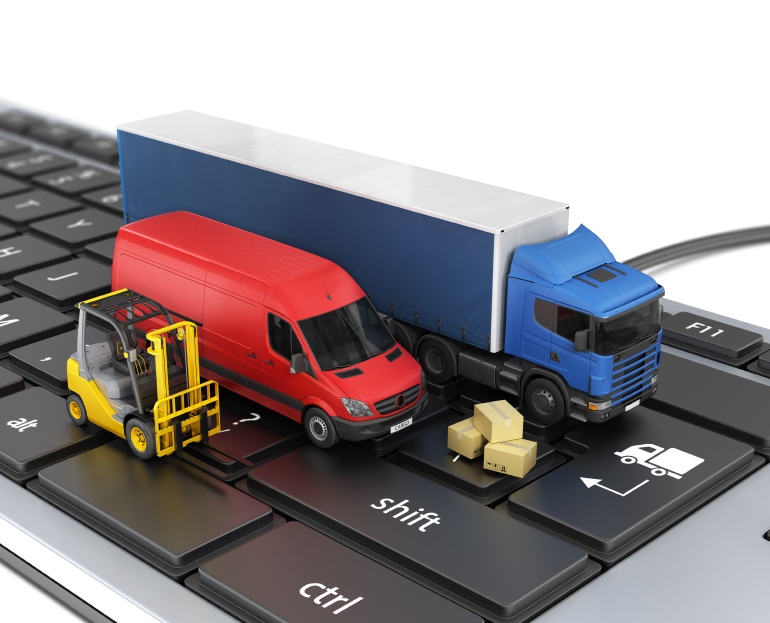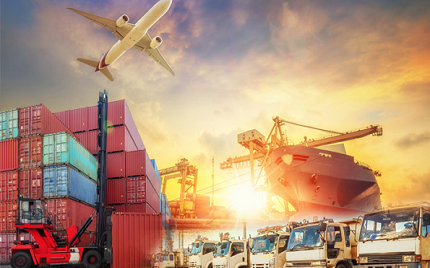Security risks can create a major impact in any business. These security risks can come in any form. Transport operators who anticipate these risks and plans accordingly can recover more quickly than others. Many of the larger transport operators has their own Security and Risk Management system but the smaller and medium sized operators may be less equipped to meet the demands of the security risks when they appear.
A better risk assessment tool can be used for predicting the future possible events, so that the transport operators can help themselves to establish the future activity and the success of their services for keeping the community on run. There are number of security-related risks that affects the transport officers.

The powerful tool that can be used to diagnose and prioritize the risks is Security Risk Assessment. This tool has to be a simple-to-use methodology for small and medium sized transport operators who are undertaking a Security Risk Assessment that depends upon the current industry practice.
There are certain characteristics that a security risk assessment tool should like,
- In order to meet the organization’s requirement, the guide can be easy to understand and modifiable
- The risk assessment process should be a continuous process rather than a onetime visit.
- The risks must be discussed and consulted to make sure that the assessments are accurate and better communicated.
- The Security Risk Assessment is the initial part but the steps have to be undertaken afterwards to ensure the benefits
The method discussed here is mainly focused on a risk assessment and the extraction of the actual method presented in the document referred. The writer accepts no responsibility to any person for any loss or damage that is being caused by reliance party upon this blog.
The Risk Assessment process involves three Steps:
- Identify the Risk
- Analyze the Risk
- Evaluate the Risk
1. Identify the Risk
Critical Asset: Determine the key organizational assets.
Source of Risk: Find out the internal and external threats to the asset.
Potential Areas of Impact: Pinpoint the affected areas of organization
Identified Risk: Combine the critical asset, source of a risk and potential areas of impact to identify the risk.
2. Analyze the Risk
Consequence: Determine and estimate the effects of worst case scenarios
Likelihood: Determine and estimate the risk occurrences
Risk Ratings: Refer the above two scores for establishing final risk rates.
3. Evaluate the Risk
Tolerance: Figure out the organization's acceptance rate for the risks
Prioritization: Evaluate the risks and prioritize the further tasks.
The detailed steps and procedures are available with the reference document.Identifying the risks that are pertinent to an organization is the basic component of security risk assessment. An organization will be in a vulnerable stage when the risks occurs in this stage are not identified and treated. The missed-out risks in this stage cannot be treated and analyzed for mitigation.

Each and every identified risk should be monitored regularly. The depth of attention you give to each of the risks should be reflected in the estimation. Allocate a person who will be responsible for ensuring that the identified risk is reviewed on a regular basis and the preventive measures are undertaken within the time limits. The Risk Register is used for capturing the information and ratings that are identified during the risk assessment process. This helps people in tracking the risks accurately before they affect the organization.










